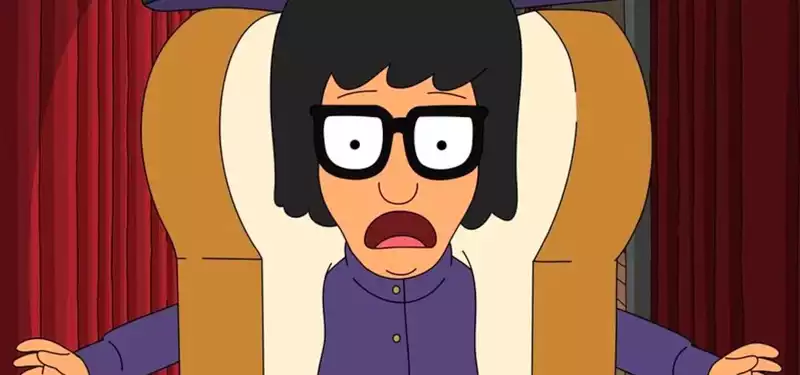Jul 28, 2020
'Bob's Burgers' Creator Lauren Bouchard: We're Not Doing 'Enough' About Gender Imbalance
Lauren Bouchard, creator of "Bob's Burgers" (Fox) and co-creator of "Central Park" (Apple TV+), addressed the representation of women in animation at a Comic-Con at Home panel.
What Bouchard had to say - he acknowledged that "there is a very healthy conversation going on about representation in animation" and that "every part of it is good, even the messy stuff. He said that Bento Box Entertainment, which animates his show, is "trying to do good things" but is not doing it "well enough."
What they are doing - Bouchard noted that 31% of the studio's staff is female, and five of the 11 writers of "Bob's Burgers" are women. Nora Smith, co-creator of "Central Park" and executive producer of "Bob's Burgers," said of the latter show, "We try to make every female character we bring on the show as funny as possible.
Why this topic came up - the background is casting. Both shows have men voicing several major female characters, but not vice versa. Bouchard has been pressured on this before: at a panel in January, he said he is committed to "balancing" the cast, but also explained his motivation for casting men as women: "When I see the animation, I want to get this voice out of this face.
Bouchard's comments at Comic-Con come amidst a growing debate about racial diversity in animation's voice cast: in June, several white actors declared that they would no longer voice characters of color. Last week, her replacement, Emmy Raver-Lampman ("Umbrella Academy," "Hamilton"), was announced.
Why can't a man voice a woman and vice versa - of course, both have a long tradition in animation. But the casting in Bouchard's show is symptomatic of a broader inequality in the industry as a whole, and his admission that he and his colleagues are not doing "enough" should be seen in this light.
In 2018, the Animation Guild announced that only about a quarter of its members were women. The following year, the USC Annenberg Inclusion Initiative released a litany of statistics reflecting the gender imbalance in the industry: for example, in the top animated television series, men occupy 81% of the underling roles.
Conclusion: a renewed focus on race in voice acting may also prompt a re-evaluation of gender in casting.




Post your comment